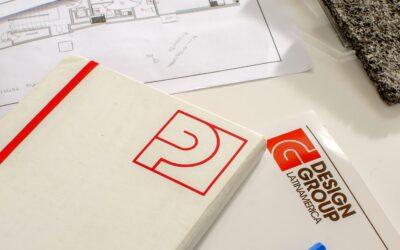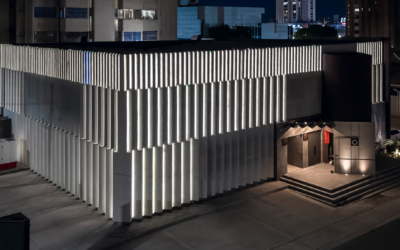In an increasingly saturated commercial environment, where brands compete not only for attention but for lasting impact, true differentiation no longer depends solely on what is said — but on what is lived.
Within this context, interior design takes on a leading role: it transforms a brand’s identity into a real and coherent experience.
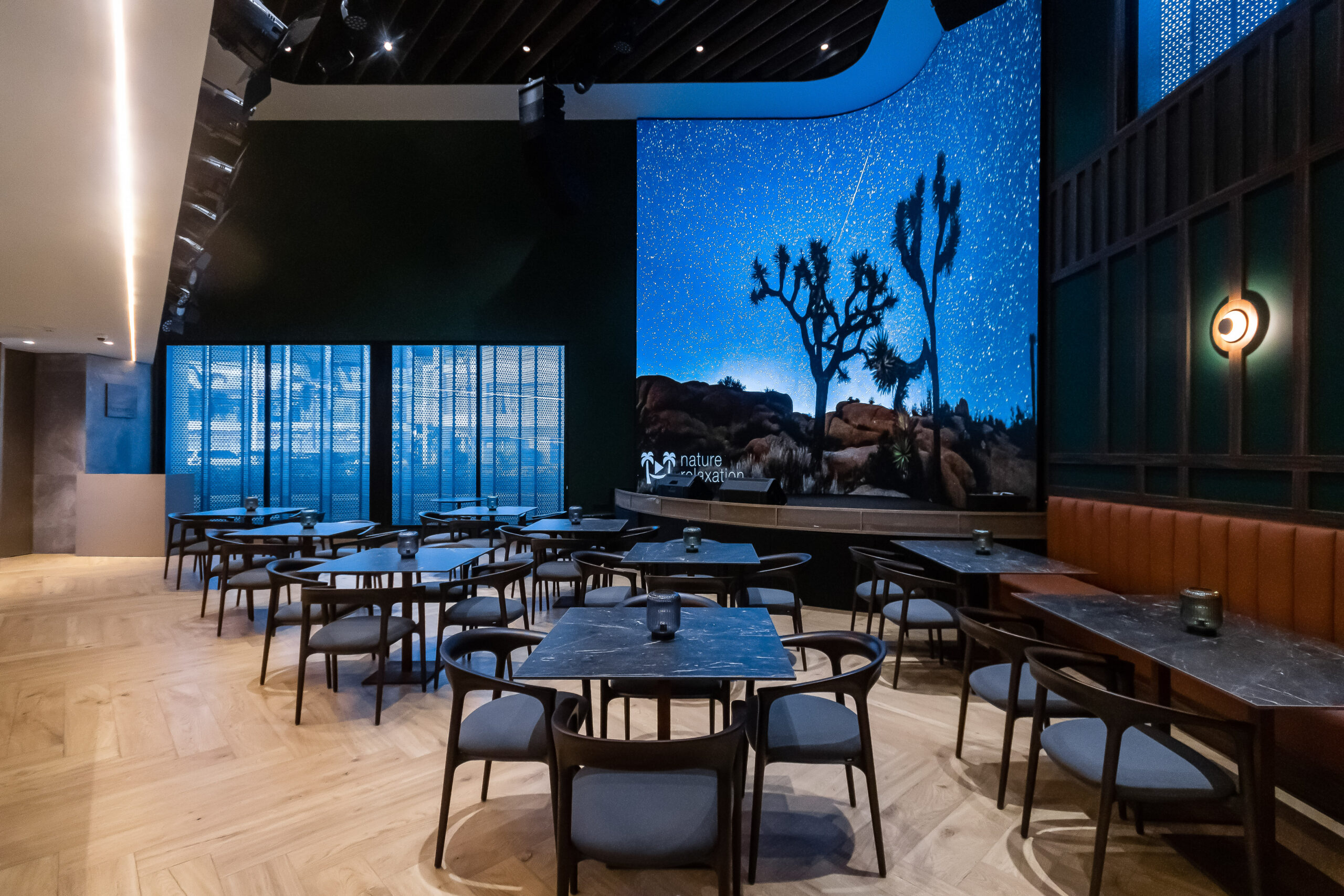
At DG International, we understand that designing for brands demands more than aesthetic mastery. It requires understanding their DNA, interpreting their personality, and translating it into an atmosphere that inspires connection.

Space as a Brand Statement
Interior architecture is therefore an advanced form of branding — one that translates strategic thinking into sensory and coherent experiences.
Every decision should respond to a clear narrative. Circulation, scale, and lighting evolve from aesthetic resources into instruments of meaning. Designing for a brand means understanding that everything the user sees, touches, or senses directly impacts how the experience will be remembered.
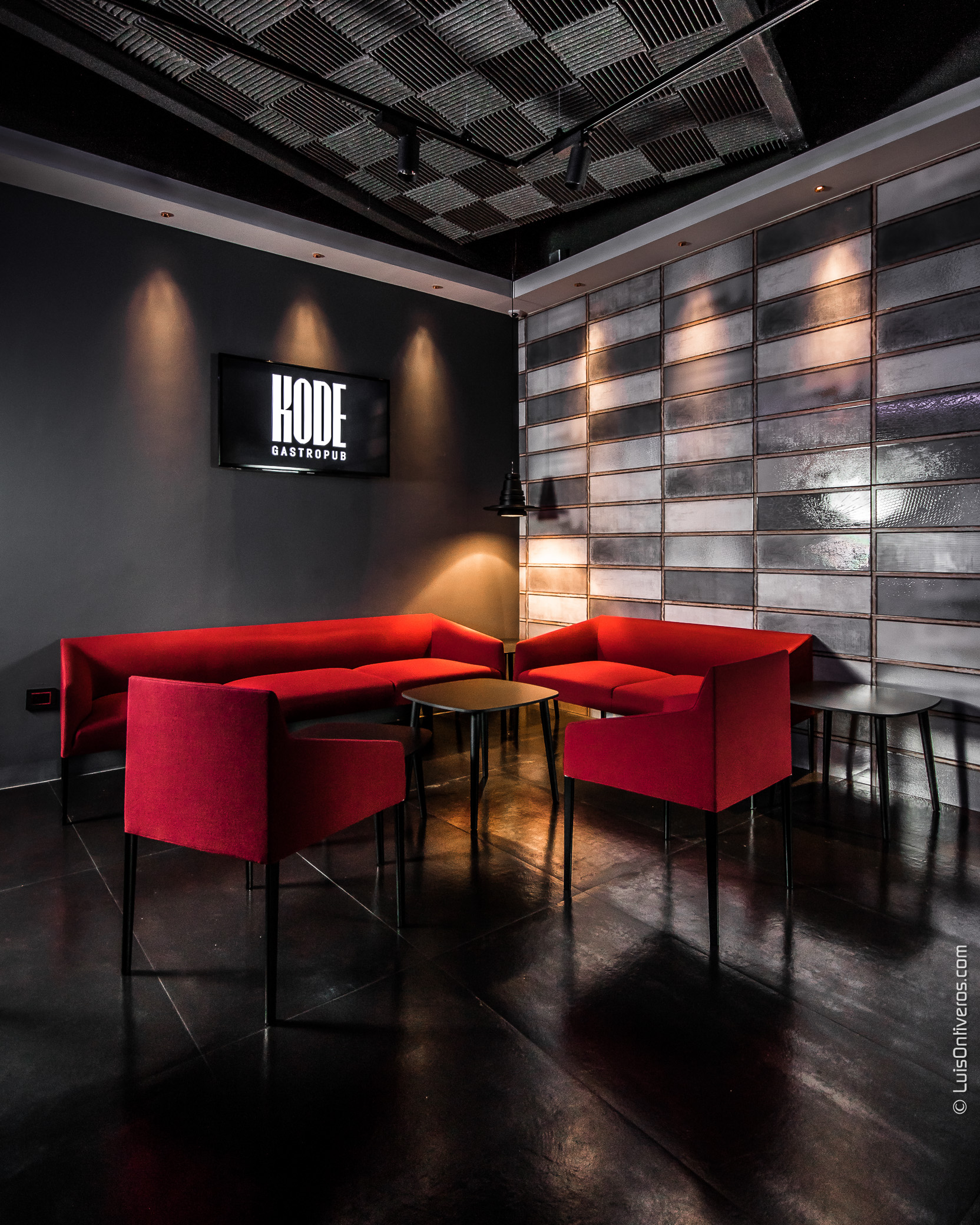
-
Reflects the personality and lifestyle of the client.
- Prioritizes comfort intimacy, and personalitazion.
-
Creates an individual sense of belonging.
-
Responds to emotional and functional desires.
-
Designed to be lived in.
-
Communicates the identity and purpose of the brand.
-
Prioritizes user experience and connection with the product or service.
-
Builds collective recognition and loyalty.
-
Responds to strategic and sensory objectives.
-
Designed to communicate.
“Space is not an extension of branding — it is its physical expression. Marketing can attract, but design is what consolidates the experience.”
— Michele Casarín, Managing Director of DG
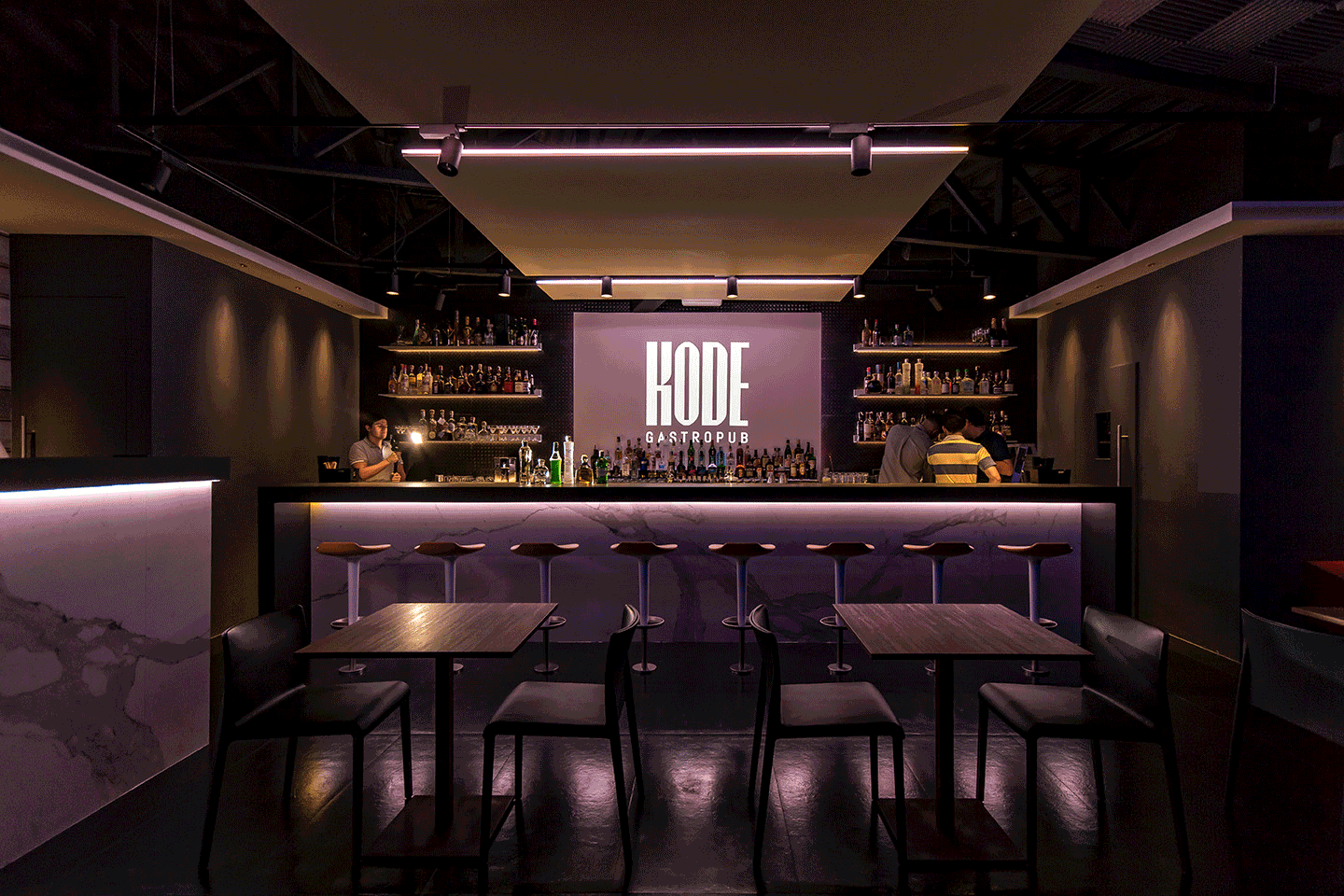
Designing with Purpose: Four Pillars of Spatial Identity
This is not about decorating a space, but about crafting a coherent narrative between what the brand promises and what the user experiences. Through this lens, interior architecture becomes a strategic tool — capable of communicating purpose, driving differentiation, and building loyalty.
Across our experience in commercial projects, we’ve identified four core principles that sustain this relationship between strategy and design.
1. The Product as a Narrative Axis
Every commercial project must begin with the product or service it represents. Design should not compete with it, but amplify its presence. Every decision must direct attention toward what creates value.

2. Coherent Brand Presence
A brand’s values should be perceived from the very first step. Colors, materials, lighting temperature, and even sound communicate subconscious messages. Designing coherently means maintaining that connection across every touchpoint — from the entrance to the façade and furniture.

3. Strategic Lighting
Light defines emotion, guides circulation, and establishes visual hierarchies. In commercial environments, well-planned lighting not only enhances aesthetics but directly influences purchasing behavior and perceived quality.
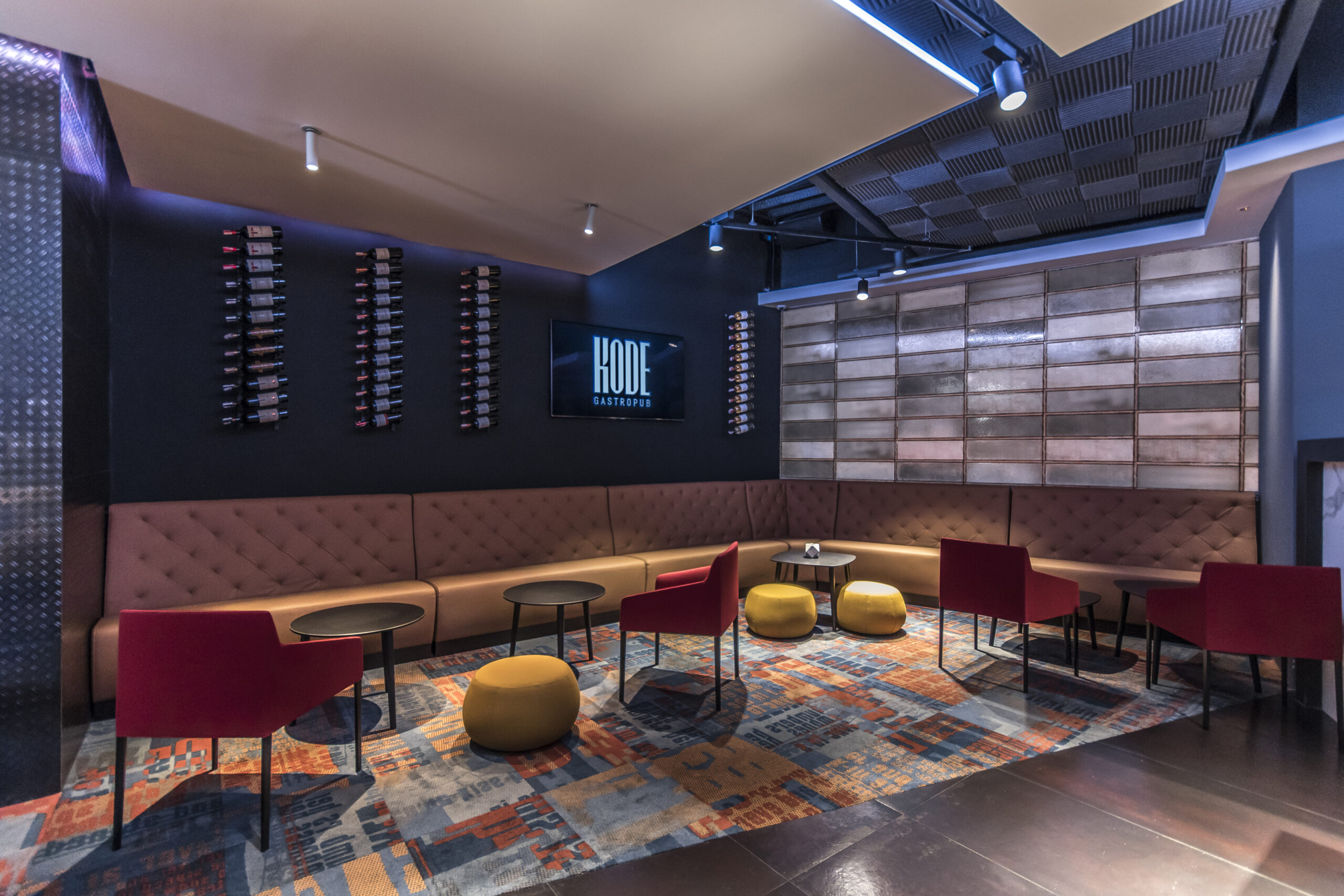
4. The Window as Provocation
The façade and storefront are the brand’s first dialogue with the public. An effective display evokes curiosity — it suggests rather than reveals, turning passerby attention into genuine interest.
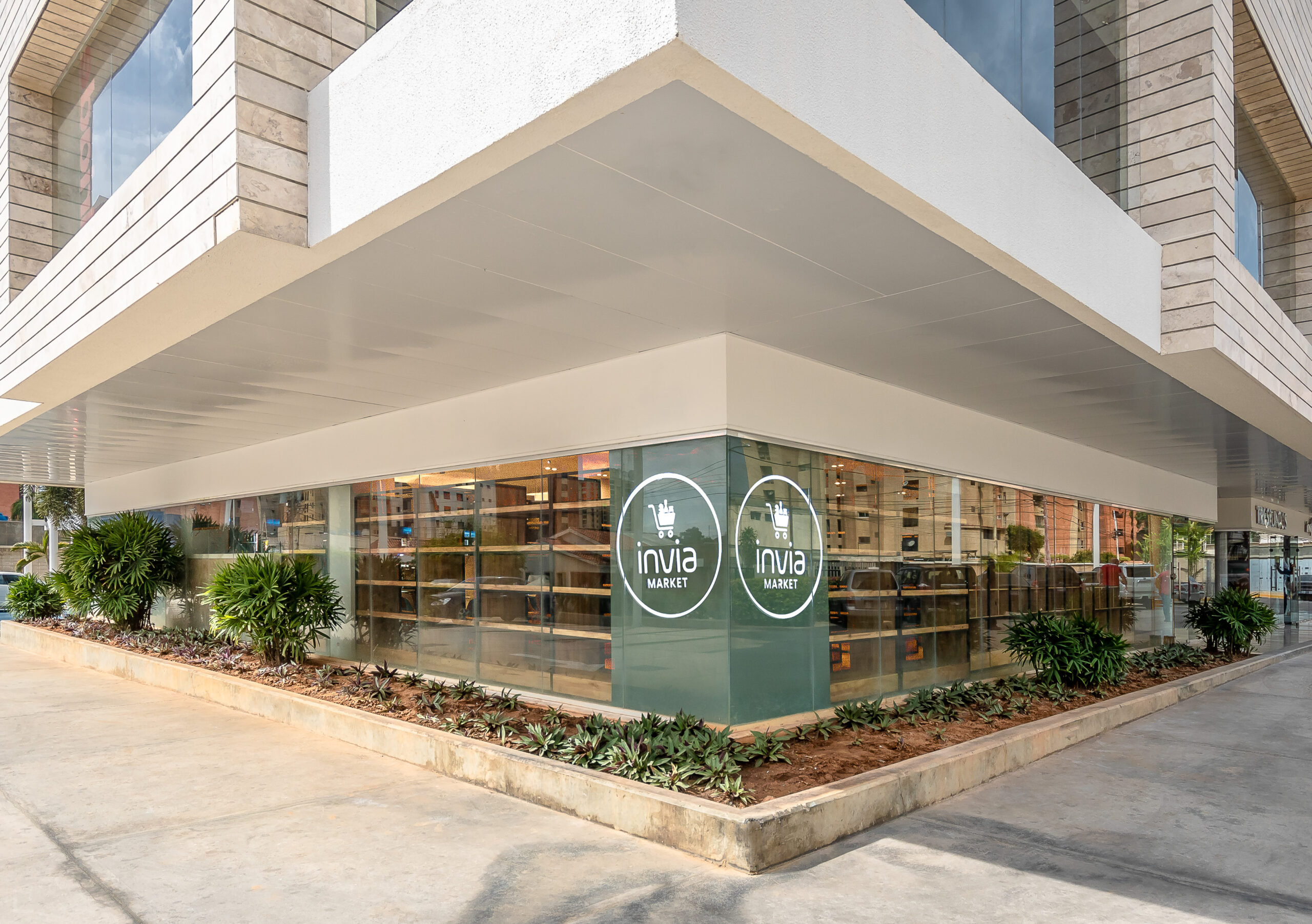
These principles summarize the goal of contemporary commercial design: to create spaces that not only attract but faithfully represent what a brand is — and what it aspires to become.
Case Studies: Three Brands, Three Languages
Translating brand identity into space demands conceptual precision and technical coherence. In large-scale projects like Centralia, that challenge multiplies: three distinct brands, three unique aesthetics, and one shared architectural ecosystem.
The objective was clear from the beginning — each brand should express its own voice while belonging to a unified architectural narrative. Thus, Tanoshii, Volterra, and Polanco became three distinct interpretations of the same design philosophy.
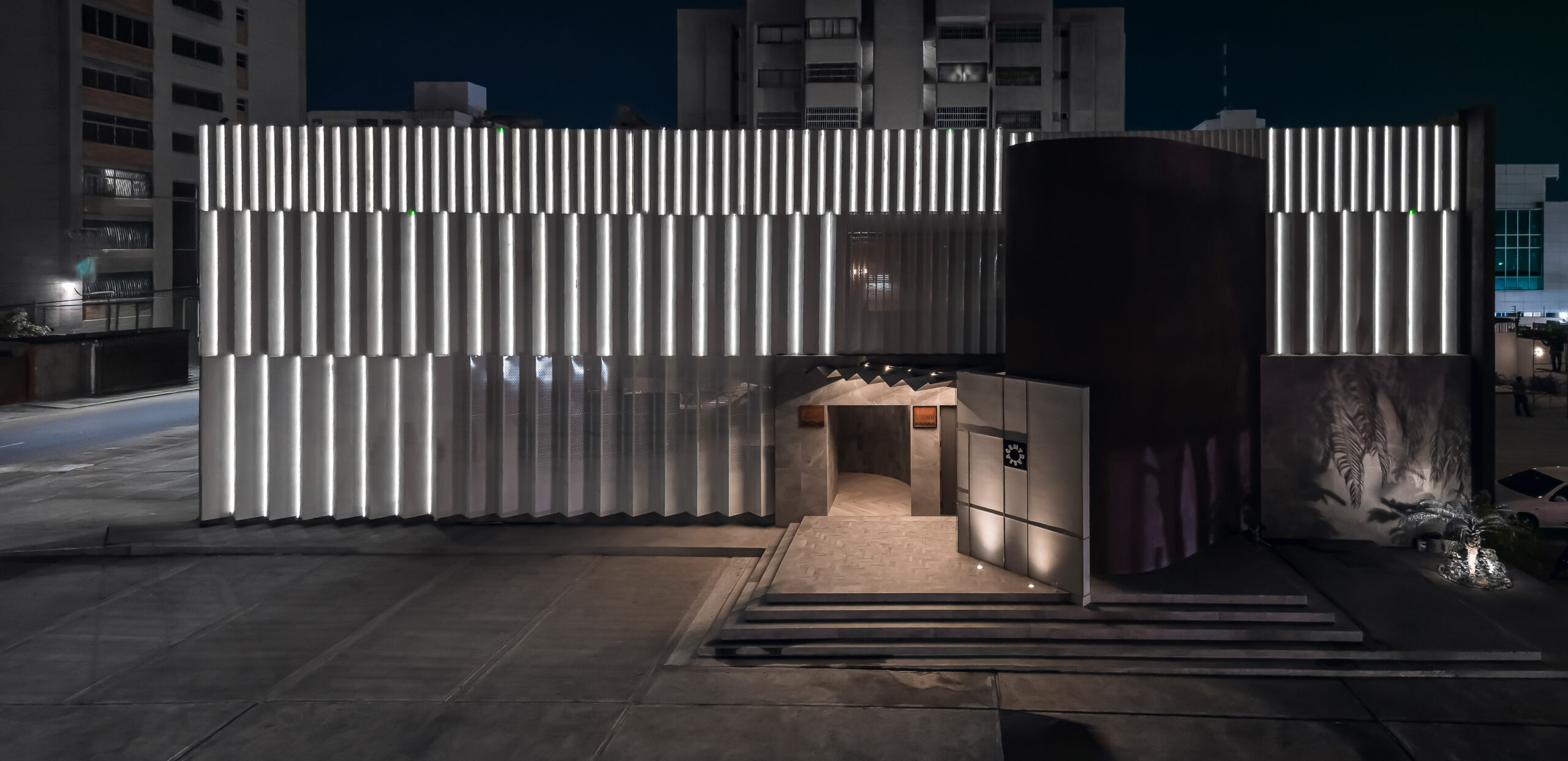
Tanoshii: Precision, Darkness, and Provocation
Inspired by Japanese philosophy and reinterpreted through a contemporary lens, Tanoshii challenges the traditional notion of an oriental restaurant. Its narrative unfolds through theatricality, contrast, and visual control.
The dark, immersive atmosphere — enhanced by low lighting and tactile materials — activates the senses beyond sight. The result is a scenographic environment where every gesture becomes part of a silent choreography.
A combination of stone, wood, and black metal creates depth and restrained elegance. Tanoshii proves that luxury doesn’t shout — it whispers through precision and immersive experience.



Volterra: Fire, Matter, and Character
Volterra embodies a powerful duality — the strength of fire and the solidity of earth. Its identity revolves around the grill as an emotional and visual centerpiece, turning culinary technique into architecture.
Materials such as forged iron, natural stone, and wood reinforce its primal connection to the elemental. Warm tones and dramatic lighting frame the ritual of fire, creating an atmosphere where energy and refinement coexist naturally.
Here, the kitchen isn’t hidden — it’s celebrated. Every detail conveys authenticity and character, showing how design can turn tradition into contemporary language.


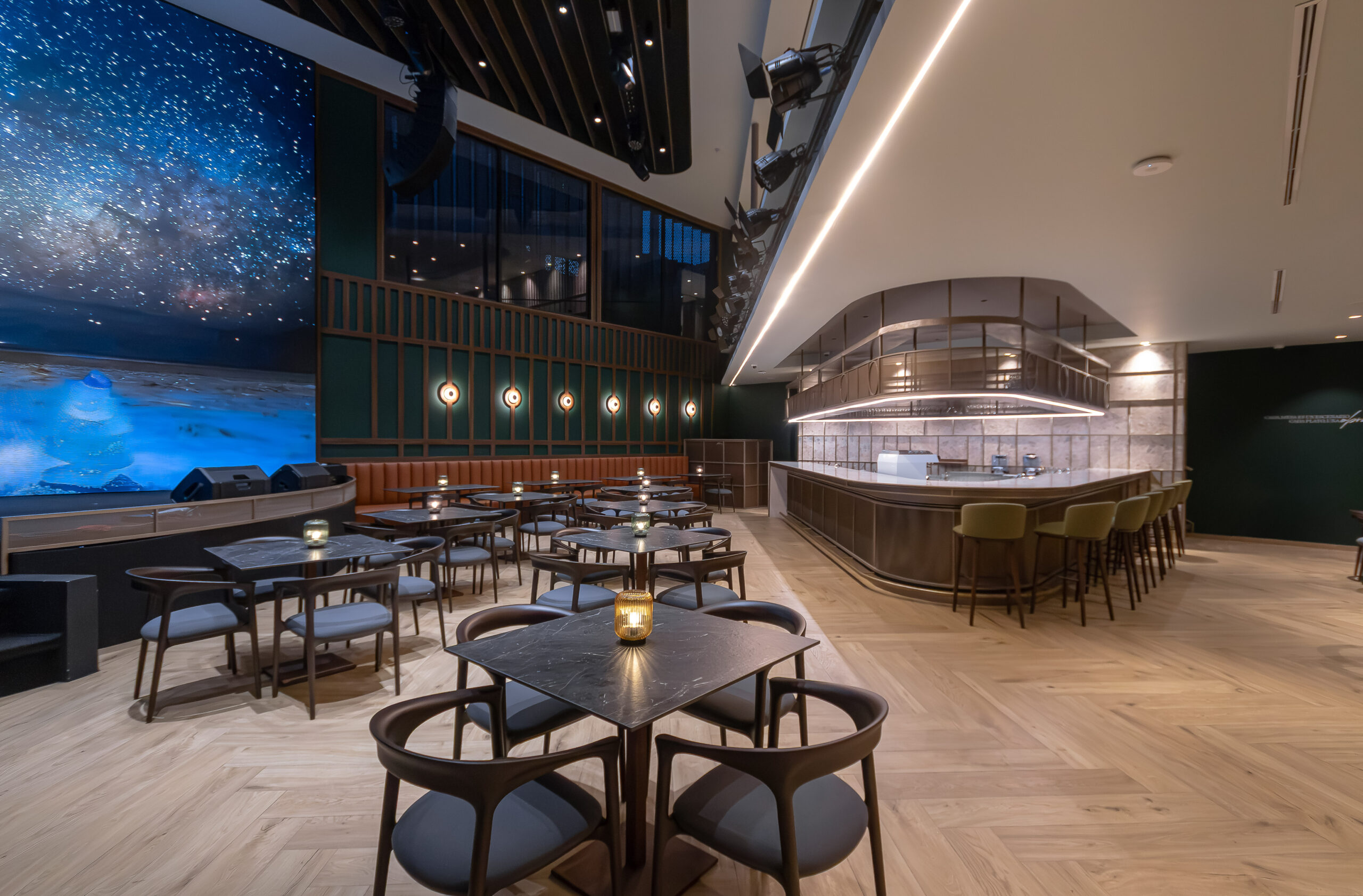
Polanco: Elegance, Roots, and Emotion
Polanco is an homage to Mexican heritage reinterpreted through sophistication. Its identity avoids clichés, focusing instead on warmth, texture, and memory.
Soft curves, earthy tones, and natural textiles evoke intimacy and comfort. Organic geometries encourage fluid movement, while warm lighting highlights material tactility.
Polanco demonstrates how cultural identity can evolve into a modern experience without losing authenticity — translating tradition into elegance and depth.

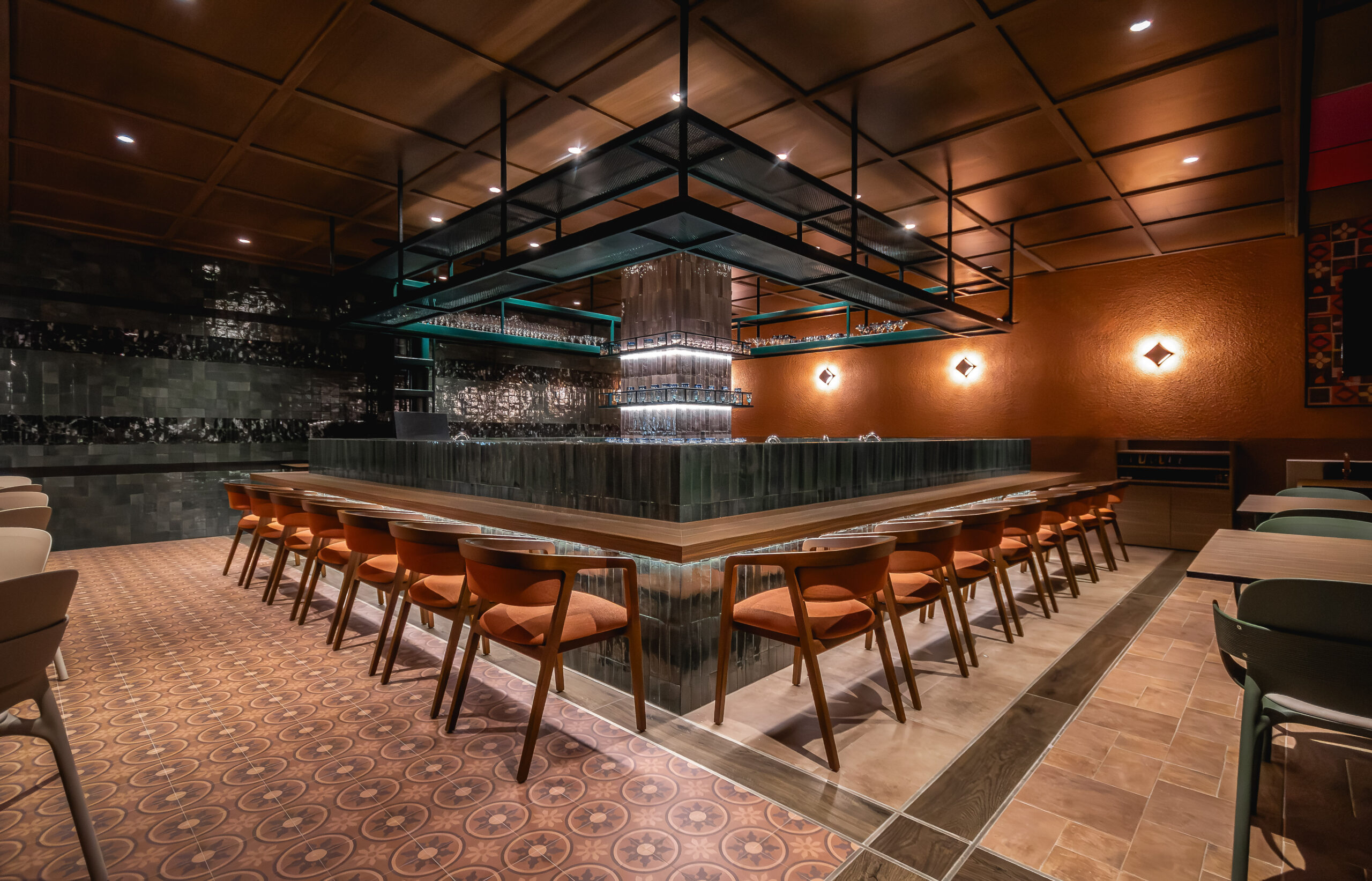
Design with Strategy, Build with Purpose
Every project we develop begins with a conviction: commercial architecture should not only design functional spaces, but create experiences that strengthen brand identity.
At DG International, we see design as a strategic tool that aligns purpose, aesthetics, and profitability.
Our approach integrates creativity, technical precision, and efficient management. We accompany our partners from concept to delivery, ensuring that every decision reinforces the essence of the brand.
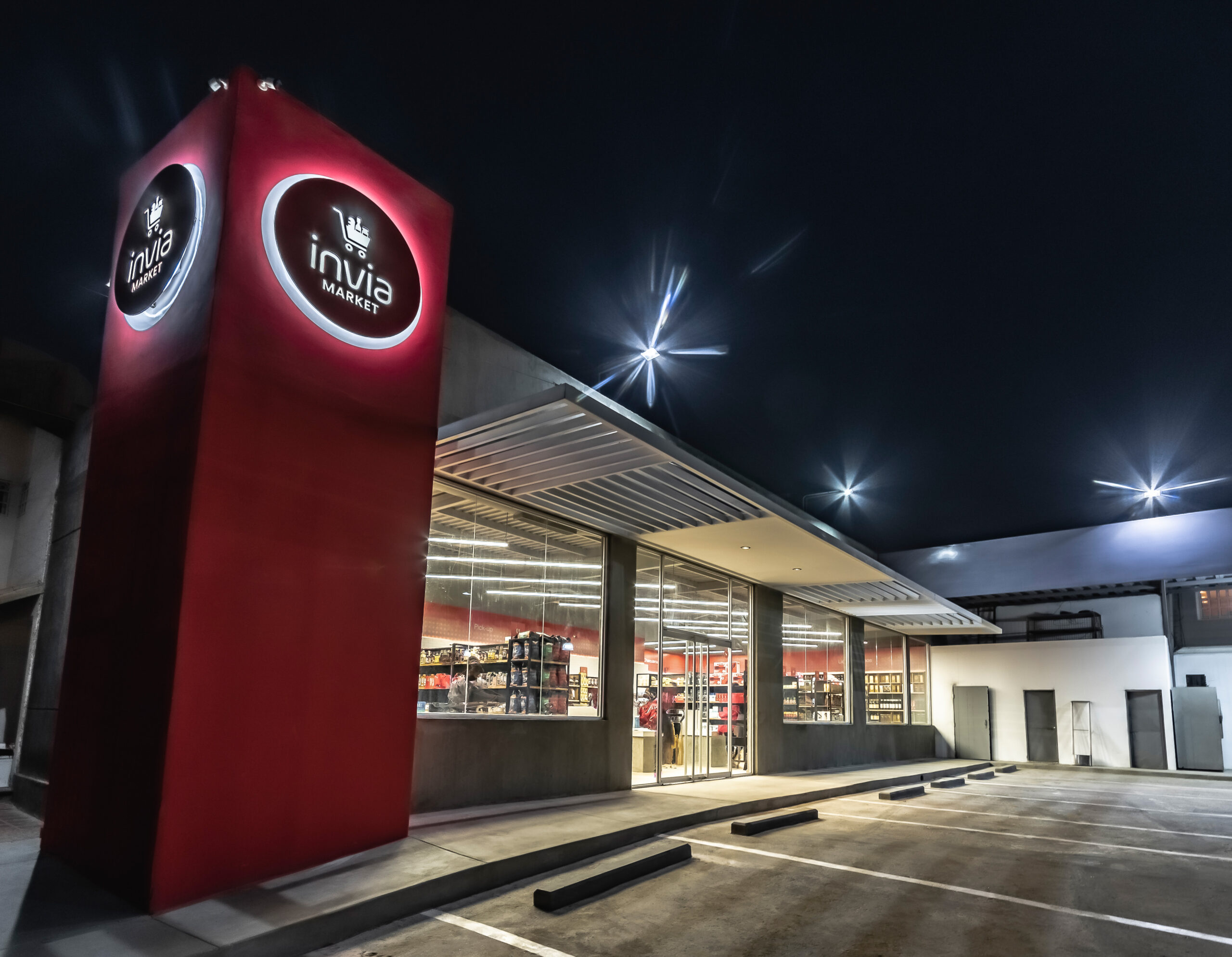
Each project begins with a deep analysis of brand identity. We study its story, mission, and values to transform intangible concepts into spatial decisions — proportions, materials, atmospheres, and circulation that communicate without words.
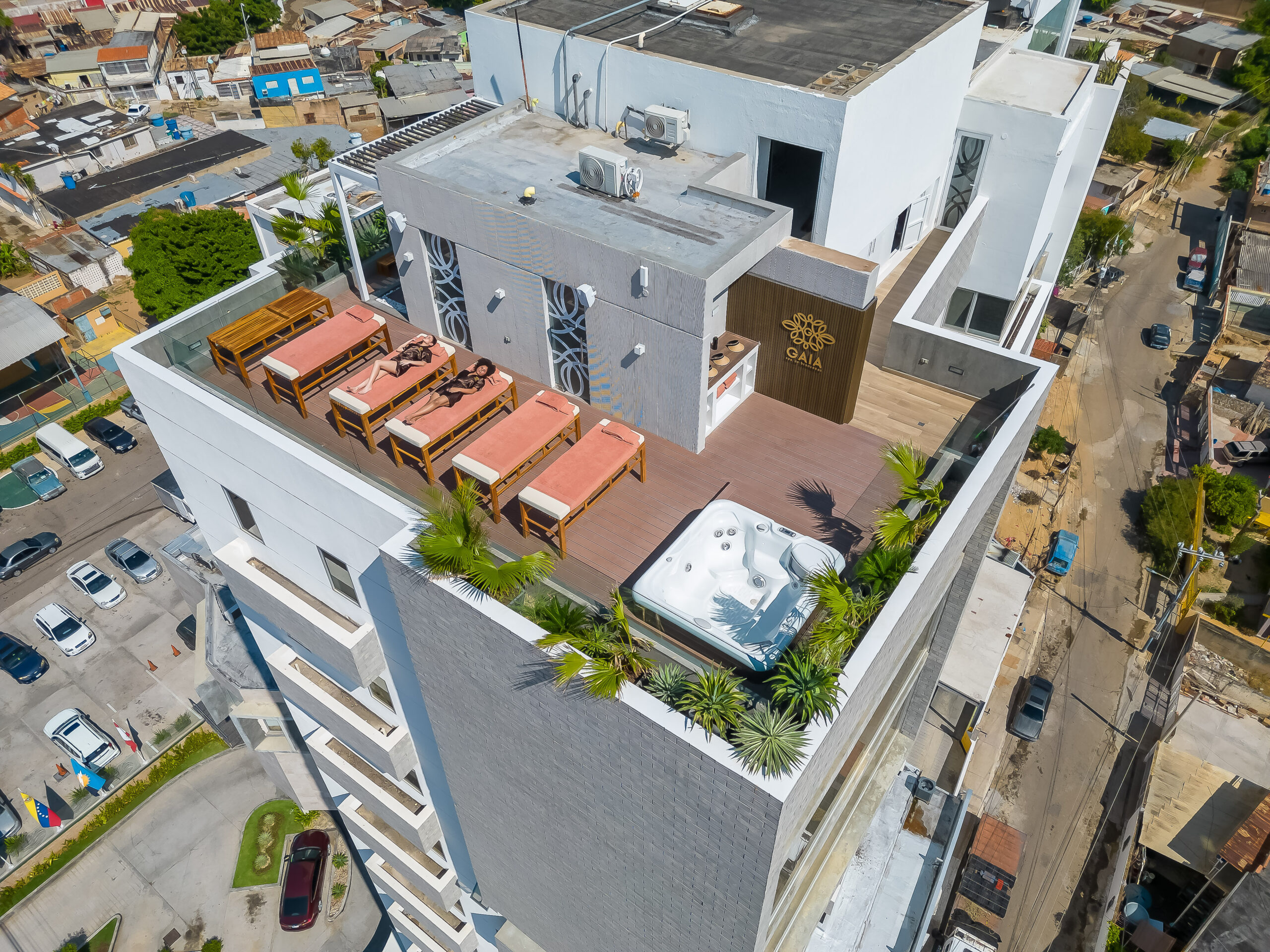
Our contract model ensures precision at every stage. Through strategic partnerships with renowned Italian firms, we offer certified-quality products at competitive prices, maintaining full traceability and reliability throughout production and installation.

Our extensive catalog of materials and finishes allows us to tailor each project to client needs without compromising identity or quality. Continuous supervision ensures fidelity to the original design and measurable results in every detail.
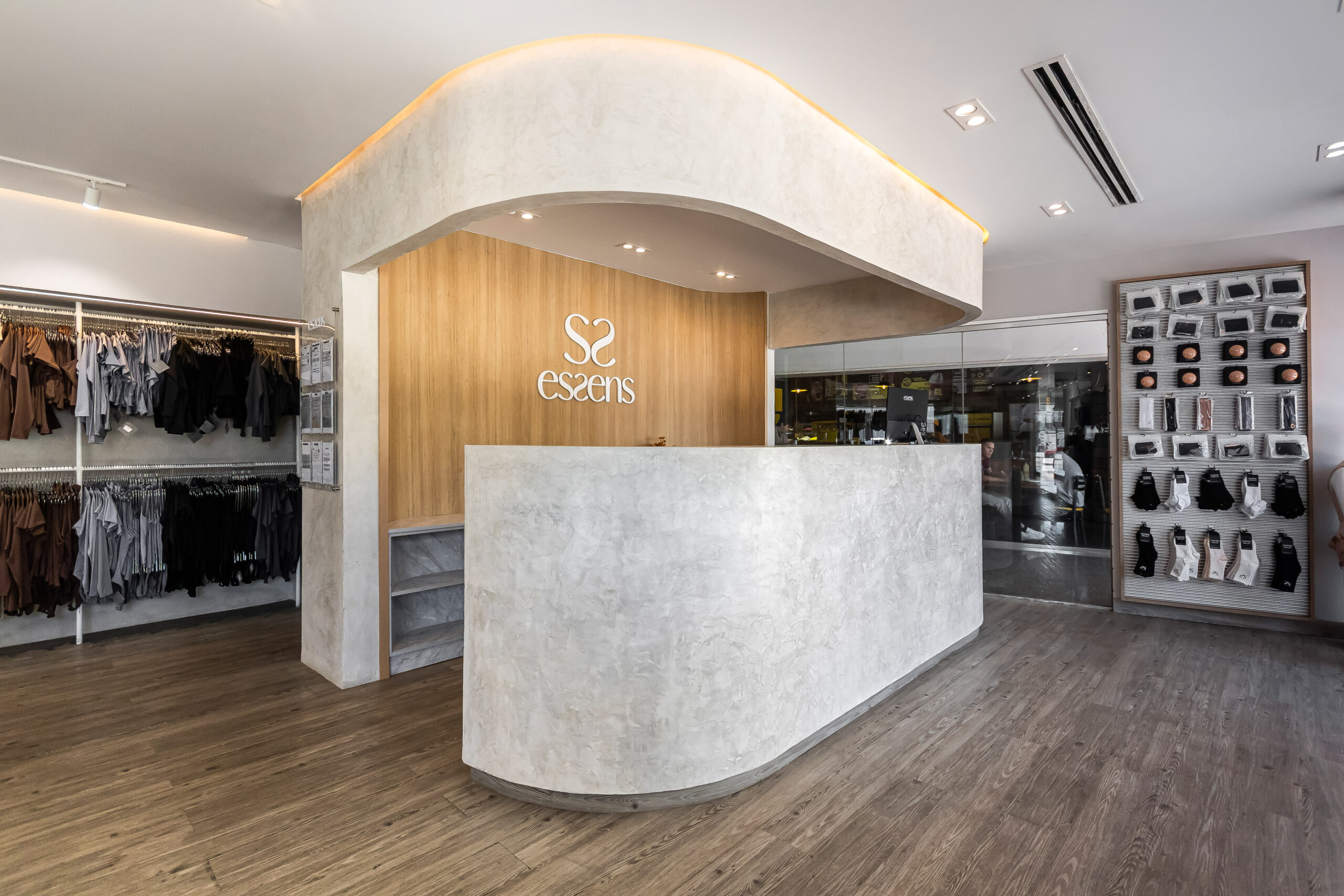
We design spaces that not only attract attention but create emotional connection. By understanding user behavior, we build environments that foster interaction, evoke emotion, and strengthen the relationship between brand and audience.
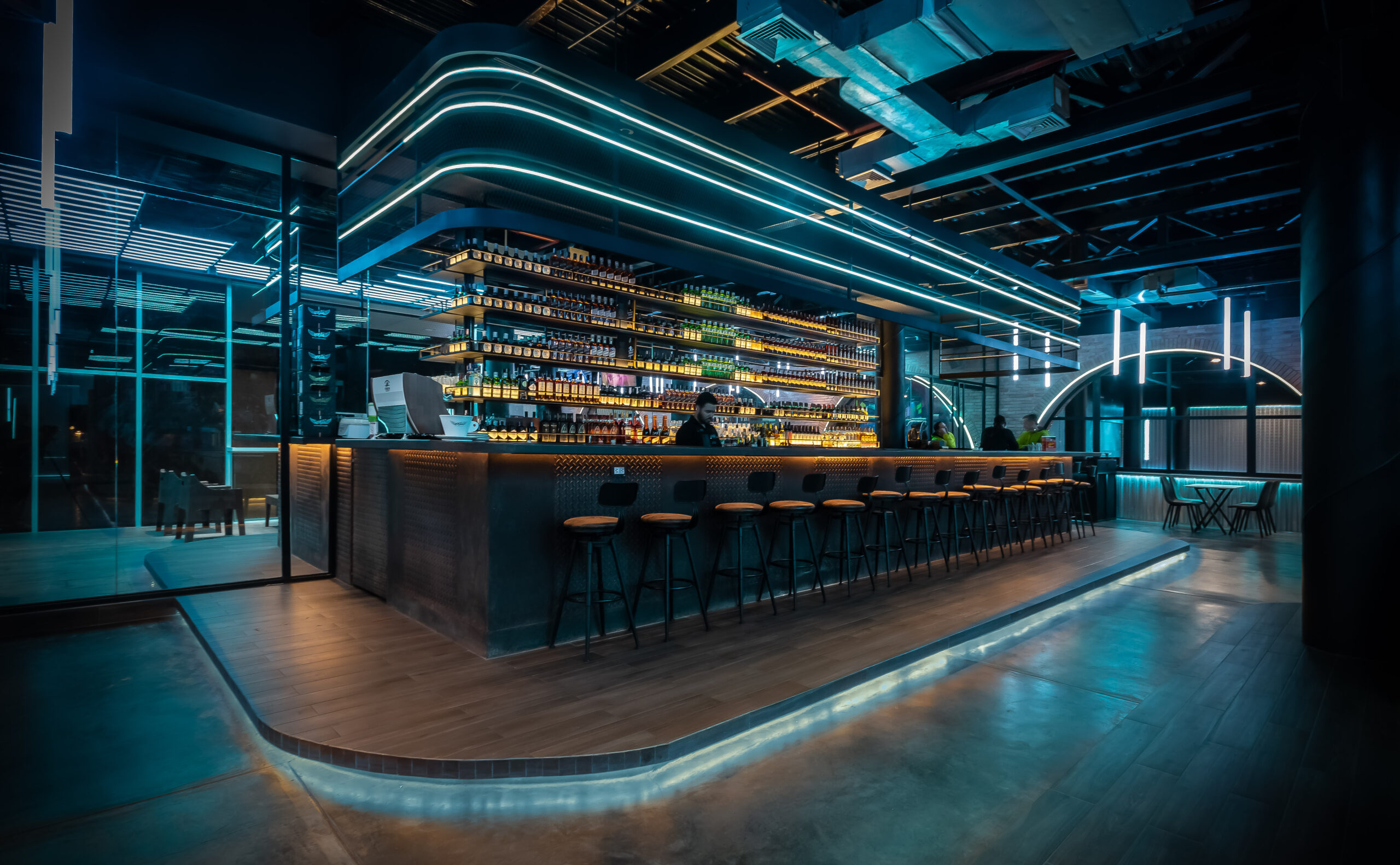
From Identity to Experience
Designing with strategic vision means creating spaces that communicate purpose, deliver value, and build memorable experiences.
That’s the true essence of contemporary commercial design: creating places that are lived — not just visited.
Are you ready to transform a brand’s identity into an architectural experience? Contact us, and let’s make the space speak for itself.
HOW DG INTERNATIONAL TURNS PROJECT MANAGEMENT INTO PRECISION
In architecture, the difference between a good project and a successful one lies in the method. This article explores how DG International’s methodology centralizes processes, improves communication between teams, and guarantees precision without compromising creative vision.
CENTRALIA: FROM PRIVATE PROJECT TO URBAN ICON
Centralia transcends its role as a gastronomic hub to become an urban landmark in Maracaibo. This article analyzes how strategic and technical decisions elevated the city’s visual quality and set new benchmarks for architects and developers.
CENTRALIA: MARACAIBO’S NEW ARCHITECTURAL AND CULINARY LANDMARK
Centralia reshapes Maracaibo’s dining scene with an ecosystem designed to inspire. Three restaurants integrated into a high-level contract project that demonstrates how architecture can transform experiences.
To stay up to date and receive news about products, updates, and events from DG.
